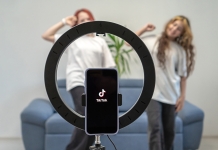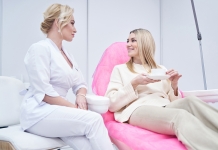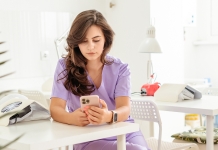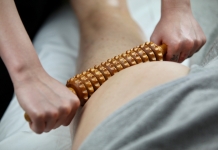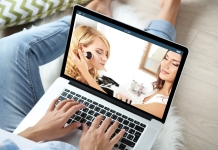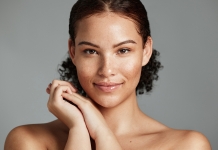Reopening with Confidence: Your guide to salon safety
Below is guidance for those who work within close contact services including beauty therapists, nail technicians, hairdressers, barbers, tattooists, sports and massage therapists, for when businesses reopen to ensure that transmission levels of COVID-19 are kept to a minimum.
Clients or staff with COVID-19 symptoms
In line with government guidance, anyone displaying COVID-19 systems must self-isolate until they are without fever for five days, or it has been 10 days since symptoms first developed.
Those who have tested positive but do not have any symptoms, should self-isolate for 10 days after their positive test result.
In these circumstances, neither staff nor clients should attend the salon.
You should make it clear to clients upon booking their appointment that if they or anyone they live with experiences any COVID-19 symptom, they must not come to the salon.
Under contact tracing systems, if a client who has visited you recently tests positive for COVID-19 and lists you and/or your staff as recent contacts, you will be contacted and instructed what to do next and any further action required.
Social distancing
In line with government guidance, social distancing should be maintained as much as practically possible; at present, a social distance of two metres is in force. Therefore, clients and staff should socially distance on arrival and departure, when moving through the salon and treatment areas.
Naturally, closer contact is required for performing treatments, which is why other protocols, such as the use of PPE, are so important.
Whilst social distancing guidance is in place, do not hug or embrace your clients or your staff.
Staff should be reminded of social distancing protocols in staff rooms and kitchen areas as well.
Hand hygiene
On arrival at the salon, clients and staff should be directed to a sink to wash their hands or use Alcohol-based (minimum 70%) hand sanitiser. You may also wish to take and record their temperature.
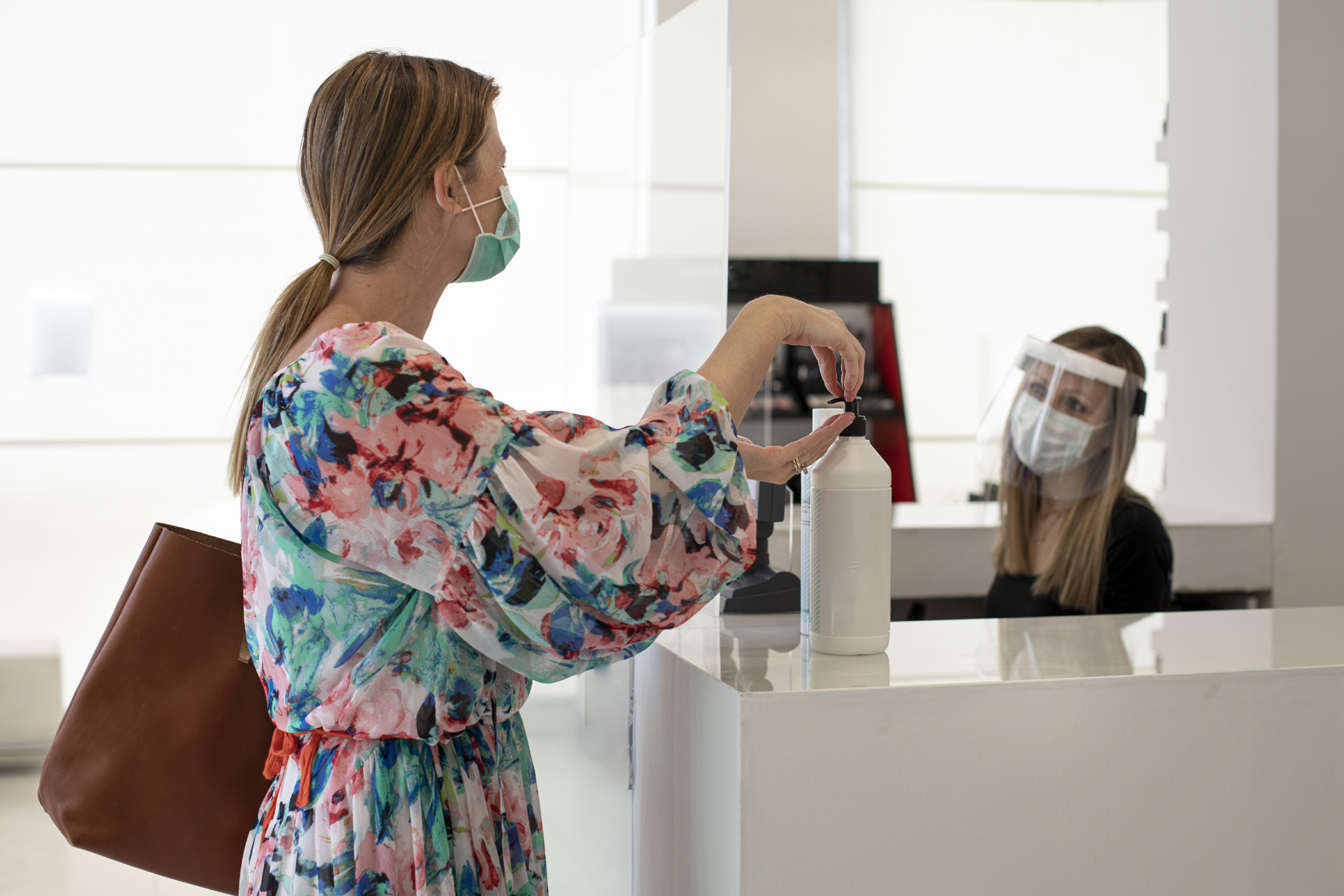
If a client claims to have contracted COVID-19 during a visit to your salon, provided, as an AIT member, you (the policy holder) are operating legally in line with government and local authority guidelines, your insurance policy will respond to allegations of negligence against you, in the same way as for alleged injuries arising from treatment.
The policy covers you against third party claims and allegations of negligently causing accidental bodily injury (which includes illness) in the course of your business. The onus will be on the claimant to prove you were negligent.
Any claim will be individually judged by insurers and subject to the full policy terms and conditions.
If someone makes an allegation or claim against you, report it immediately to AIT and follow the claims procedure. Balens and AIT will support you in the ‘normal way' by getting all relevant information together for insurers. Do not admit liability and please refer to your policy document for full claims conditions.
Please see the
AIT website for full details and check your policy wording for full details.
Risk Assessments
Use the information below to highlight areas in your salon and business practice that might need addressing and special focus. This should look at the risks pertinent to clients as well as staff working in the salon.
Health and Safety Statement
Once you have carried out a risk assessment of your salon and working practices, create a Health and Safety Statement. This outlines what you will be doing to maintain the correct levels of health and safety in your salon, is a reminder for staff of the levels of compliance required and expected, and reassures clients and staff that you are addressing the need for your salon to stay free of COVID-19.
You can make your Health and Safety statement available via your website, and/or email a copy to clients on your mailing list. Remember also to distribute this to all members of staff.
Make sure you and your know staff understand your health and safety responsibilities.
Salon working hours & appointments
In order to minimise the number of people in the salon environment at any one time, stagger appointments. Leave enough time between each appointment for thorough cleaning of surfaces etc. To enable you to treat as many clients as possible, consider extending the working day/week. This also means that you can organise a rota for staff so that they maintain as many working hours as possible without all needing to be in the salon at the same time. Be aware that staff will need to agree to changes in working hours as per their Contract of Employment.
Do not allow walk-in appointments, as pre-booking enables you to control the number of people in the salon as well as ensure it is hygienically clean between clients entering.
Only allow the client booked in to attend the salon, do not allow children, partners or anyone else to accompany them or wait in the reception area. Politely explain this is for the safety of staff and other clients.
Consider taking pre-payments over the phone or online if possible, or alternatively take cash-less payments.
Remember to sanitise the card payment machine after each use, even if a client has used contactless payment.
Review your appointment policy and relay this to clients if it has changed; you may wish to consider your cancellation period and any refund policies to prevent clients attending appointments with COVID-19 symptoms.
Waiting / reception areas
Only one client should be in a waiting area at a time, and this area should, as far as possible, only be used for transitioning from the reception area through to the treatment room. Ask clients to arrive on time for their appointment, not early explaining that there is no waiting area. If practical, keep your front door locked with a doorbell system to prevent early clients from entering the salon.
Remove any magazines, brochures, comments books etc from the area. Do not enable any unsupervised access to product samples etc.
Client Consultation
As usual, carrying out a pre-treatment Consultation is vital (this is part of your AIT insurance requirements).
Consider creating a digital form that clients can complete online prior to arrival to avoid handling papers and pens.
Salon refreshments
If you choose to offer refreshments to clients, provide these in disposable cups. Following government guidance, you must limit the amount of contact between clients and staff, so removing the option of refreshments and inviting clients to bring their own drinks in their own travel cups etc would not be unreasonable.
Personal Protective Equipment (PPE)
Employers should provide staff with adequate PPE which can be disposed of safely. Clients should be asked to provide their own PPE, although some salon owners may prefer to make PPE items available to clients on arrival.
Masks: These should be worn by staff in the salon at all times. For adequate protection, choose fluid repellent masks such as N95, N99 or FFP-2 types. Clients will need to wear a face covering in line with
government guidance (obviously treatments on the face will prevent this).
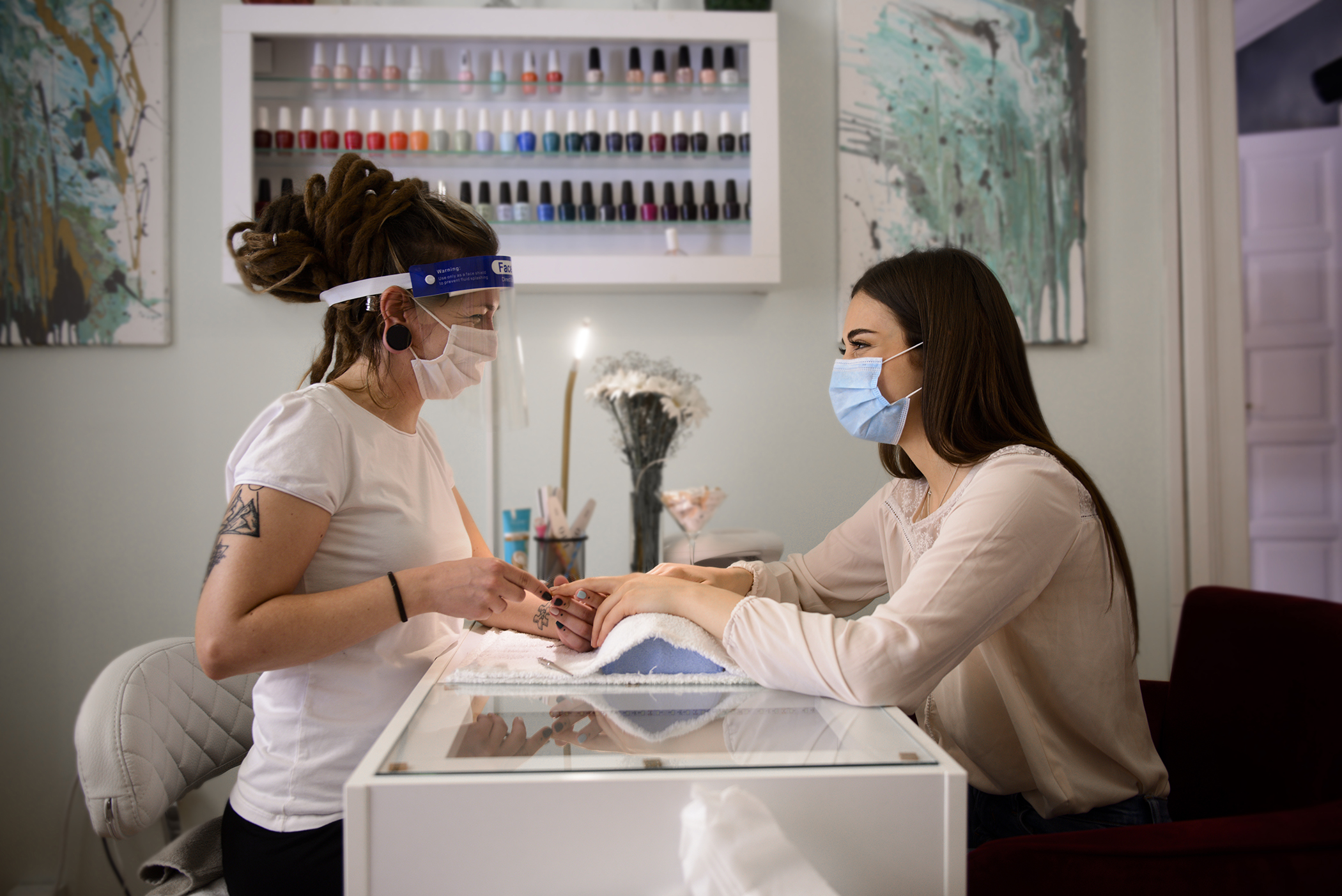
A visor is not a replacement for a face covering / face mask and should be worn over the top.
Gloves: Single use gloves should be provided for staff to wear whilst carrying out treatments. Gloves are not a replacement for hand washing. They should be replaced regularly, and definitely between treatments. Always ensure that any tools can be handled correctly whilst gloves are being worn.
Aprons: Single use aprons should be provided, which should be changed and disposed of after every treatment.
Screens: Installing transparent cough or sneeze screens on areas such as the reception desk and nail tables, similar to those now seen at supermarket checkouts, to create a physical barrier between staff and clients is an option. Remember that these will need sanitising like any other hard surface between each client, using an alcohol-based cleanser.
Uniforms
Wearing uniforms in a salon can unite a team and deliver a professional appearance. It's important that your chosen salon workwear is practical for today's needs; staff need to wear a clean uniform every day, whether it's a traditional salon uniform or branded T-shirts. Staff should change into their salon uniform on arrival at work, and not travel to work wearing it, especially if they are using public transport.
Uniforms should be covered with a disposable plastic apron, changed between clients.
Workwear must be machine washed at the end of every day to the highest possible temperature using regular washing detergent.
In line with standard salon health and safety guidance, hair should be tied up and away from the face.
Salon hygiene
You should ensure that all staff are aware of your salon hygiene protocol, including if you employ a separate Cleaner, and that you have sufficient effective cleaning products in stock.
Work areas: Whether you work in a hair salon, beauty salon or spa, all hard surfaces should be hygienically cleaned throughout the working day. A study published in the New England Medical Journal has shown that the COVID-19 virus can survive on hard surfaces for up to 72 hours.
Any areas that clients come into contact with should be cleaned after each client, including reception desks, treatment chairs, seating, nail tables, couches, equipment trollies, toilets, wash basins etc. Don't also forget door handles, handrails, doorbells and card payment machines, along with computer equipment and telephones that staff may be using.
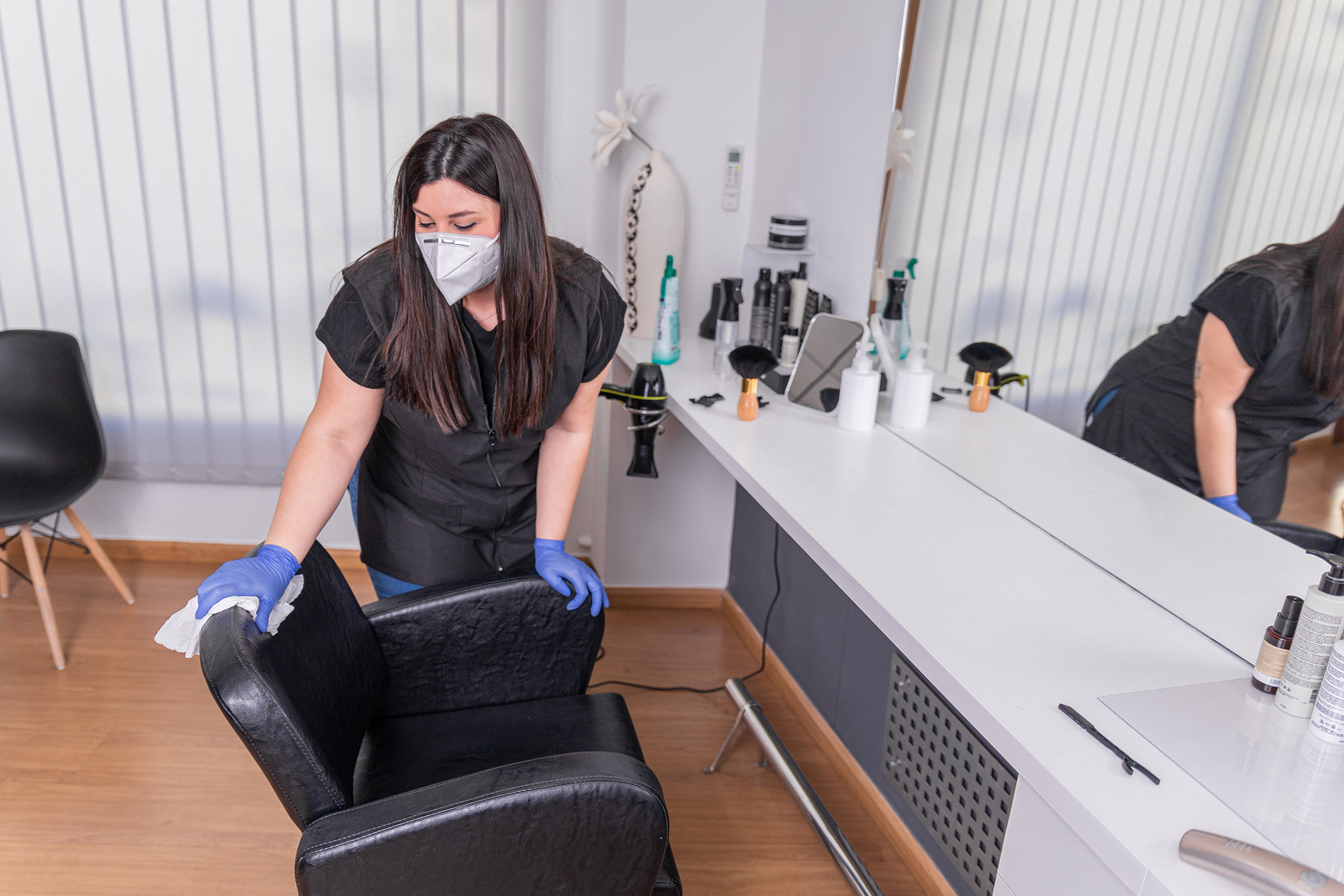
Ensure furniture can be sanitised and remove soft furnishing such as cushions that cannot be hygienically cleaned.
Make sure that suitable cleaning products are available for staff to clean areas after they have used them and ask them to wipe any hard surfaces including lunch items placed in a fridge.
Bins: Any used PPE should be placed within a bin, double bagged, along with used couch rolls and used tissues. Metal bins in treatment areas should be lined with bin liners and have a lid and emptied after every treatment.
Towels and fabrics: Any towels should be treated as single use and placed in a laundry bin with a lid after use. If you decide to continue using traditional fabric towels in the salon, they should be washed in a washing machine at the highest temperature possible using regular washing detergent. Do not share towels between clients. Always cover towels used on treatment couches with disposable paper couch roll.
Unless you have sufficient clean blankets, robes etc, avoid using these to cover clients. After one use, each must be washed in a washing machine at the highest temperature possible using regular washing detergent.
Tools and equipment: You must be able to disinfect your tools between every treatment in line with manufacturers' guidance, or alternatively use disposable tools. Do not share any tools between clients or staff without sterilising them. Disinfect your equipment as you would normally using products such as Barbicide® between treatments.
There are currently no restrictions within AIT's policy to require use of autoclaves. You are advised to follow good hygiene and all up to date government guidelines.
Soft furnishings: All seating should be hygienically cleaned between clients. Chairs with hard surfaces are more suited to this. For now, it is sensible to remove soft furnishings from the salon which may harbour the virus, including upholstered seating, cushions, drapes and curtains.
Ventilation: Keep windows open as much as practically possible and use any installed ventilation system to reduce the distribution of airborne droplets that may transfer the COVID-19 virus.
Retail products: Place all products that you are retailing away from the reach of clients. If you wish to display retail items, place them inside a glass fronted cabinet that clients cannot access. Remove any products for sale from your reception area to make it easier to clean and prevent clients from touching them.
Tester/Product Samples: Do not allow any clients to handle any products including samples. You should hold the bottle / container and dispense product into your client's hand, without touching them. Speak to your supplier about sample sachets that you can hand to clients with minimal contact.
Legionnaires' Disease: The government has advised that some places of work such as hairdressers and salons need to put in place control measures to avoid the potential for Legionnaires' disease before they reopen. Further advice on preparing for the prevention of Legionnaires' disease upon reopening is available
online.
This information is advisory only and has been produced to assist members, it's by no means exhaustive nor a set of rules that must be followed. You do not need to adhere to all the points within to be insured, quite simply – provided you are operating legally in line with Government and local authority guidelines, the policy will respond to allegations of negligence against the policyholder. The information is based upon opinion, expertise and public knowledge as of 22.4.21; it has not been issued by the Irish Government (www.gov.ie).
Please check the government website for the latest updates and ensure that you are complying with government guidance. This information does not constitute legal requirement.
AIT do not incur any liability for this information.
